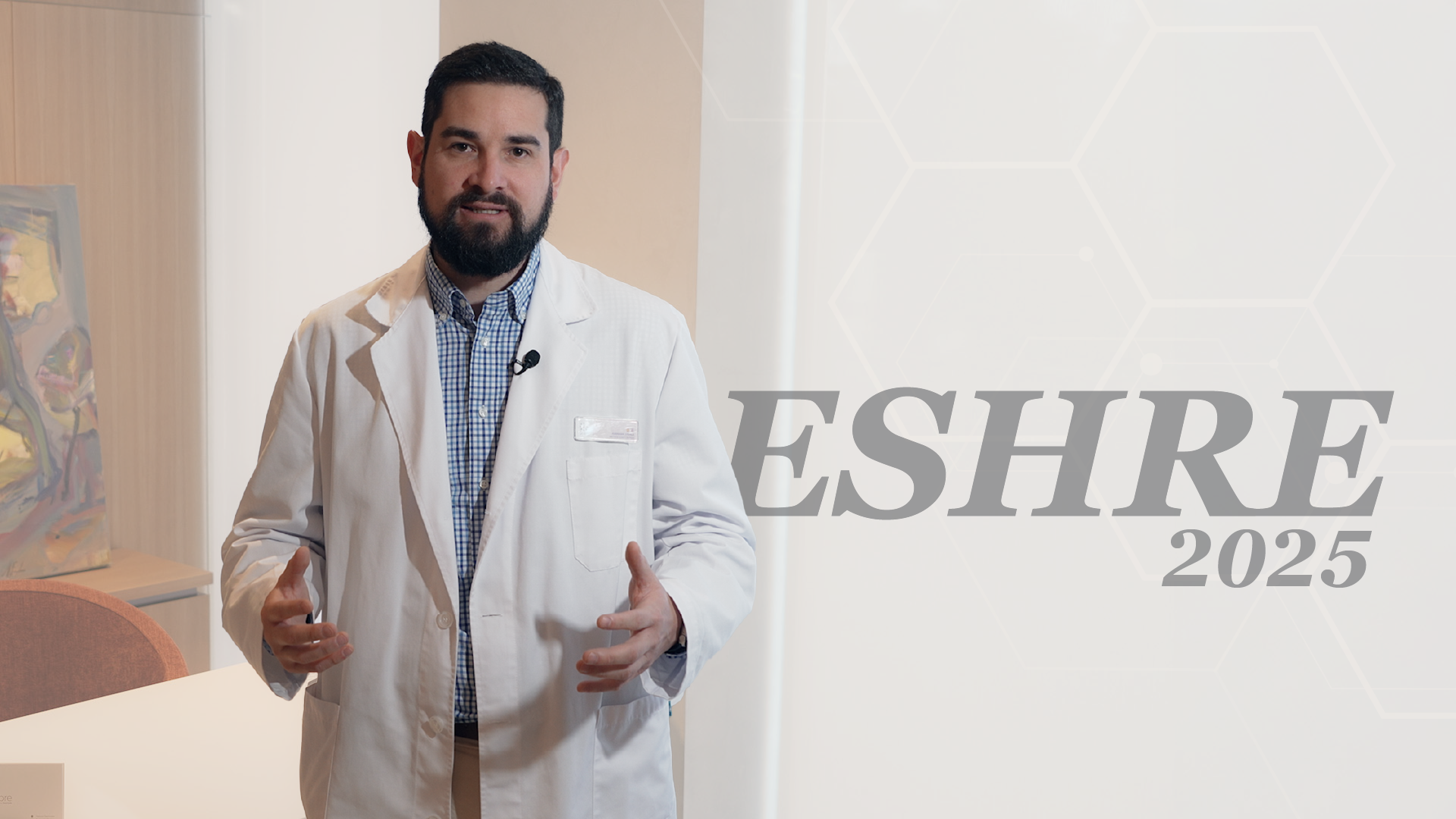blog tambre
What if the immune system also has a role to play in fertility?

Tambre Study 3 at ESHRE 2025: Reproductive immunology for cases deserving answers
At Tambre, we know that behind every complex case there is a story that needs an explanation. That is why, in our quest to understand the causes of unexplained infertility, we wanted to look beyond the usual. Because sometimes, the key lies not only in the eggs and sperm, but also in how the immune system interacts with the embryo.
This is the essence of the third study that Clinica Tambre will present at ESHRE 2025, focusing on reproductive immunology and specifically on KIR receptors and their relationship with implantation failure and recurrent gestational loss.
“In patients with unexplained infertility, it’s not just about looking for, but finding patterns that lead us to do better. And immunology may be that way,” says Dr. Abraham Zavala-García, lead author of the study and a specialist in assisted reproduction at Tambre.
What are KIR receptors and why are they relevant?
KIR (Killer-cell Immunoglobulin-like Receptors) are molecules found on the surface of immune cells called natural killer (NK) cells. These cells play a crucial role during the first days of pregnancy, especially in the dialogue between the maternal immune system and the embryo.
The interaction between maternal KIR receptors and HLA-C molecules in the embryo may facilitate – or hinder – implantation and placental development. Specific KIR phenotypes, such as KIR-AA and KIR-Bx (with the absence of certain A-group genes), have previously been associated with an increased risk of implantation failure (IFR) and recurrent gestational loss (RPL). But the data were still inconclusive.
What was done in this study?
Tambre’s team conducted a retrospective analysis of 293 patients with unexplained infertility, all with a history of repeated implantation failure or repeated miscarriage, seen in our reproductive immunology unit between January 2022 and December 2024.
Each was genetically typed for KIR and HLA-C using standard molecular techniques on peripheral blood samples. Clinical data and immunological parameters were also collected to correlate the results.
The aim was to assess whether certain KIR phenotypes – individually or in combination – were over-represented in this population, compared to what would be expected in a general sample.
What was discovered?
The findings were clear and statistically significant:
- Although individually the KIR-AA or Bx phenotypes were not in the majority, when analysed together as “pathological” phenotypes, they accounted for 55.3% of cases (n=162).
- This percentage is considerably higher than would be expected in a population without reproductive problems, and the difference was statistically significant (p=0.039).
- In contrast, combinations between KIR and HLA-C, as well as the distribution of other HLA phenotypes, showed no significant differences.
This suggests that pathological KIR immunogenetic profiles could play a relevant role in the pathophysiology of unexplained infertility with RIF and RPL, and could become a useful biomarker in the assessment and personalised treatment of these cases.
What does this mean for patients?
This study represents a major breakthrough in understanding the hidden causes of unexplained infertility. For many patients who have experienced the frustration of several failed attempts without a clear diagnosis, this line of research offers a possible avenue of explanation and action.
At Tambre, the study of KIR and HLA-C is already part of the tools we apply in complex cases. But now, with these new data, we can:
- Better justify when to perform an immunogenetic study.
- Personalise treatments based on the patient’s KIR profile.
- Explore future therapeutic strategies to modulate the immune response during implantation.
A further step in the holistic approach
This work, developed with the support of the Tambre Foundation, is aligned with our vision of a truly integrative reproductive medicine, in which biology, genetics, immunology and empathy combine to provide the best possible answers.
Because when it comes to infertility, it is not always enough to look at the microscope. Sometimes you have to look deeper: at the immune system, at the context, and above all, at each patient in his or her uniqueness.
At Tambre, every scientific discovery has only one destination: to help you.
And every story of loss, of waiting or doubt, deserves that we keep looking for answers.
Increased prevalence of specific KIR phenotypes in an unexplained infertility population with implantation failure and recurrent pregnancy loss: A retrospective study.
A. Zavala-García, H. Izquierdo, L. Serrano-Palomo, J.A. Horcajadas, S. Padure

